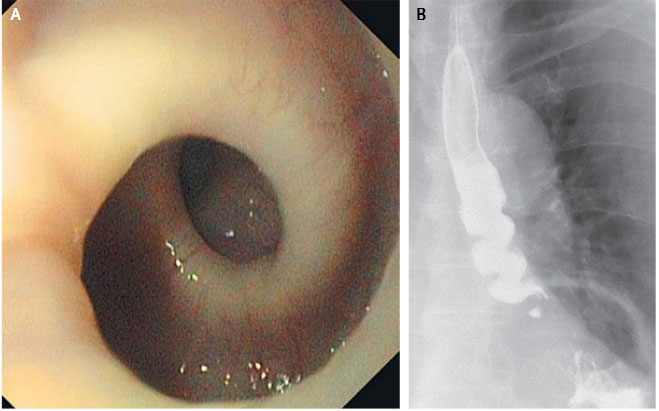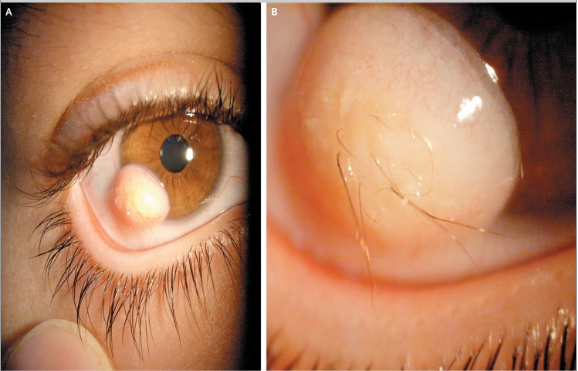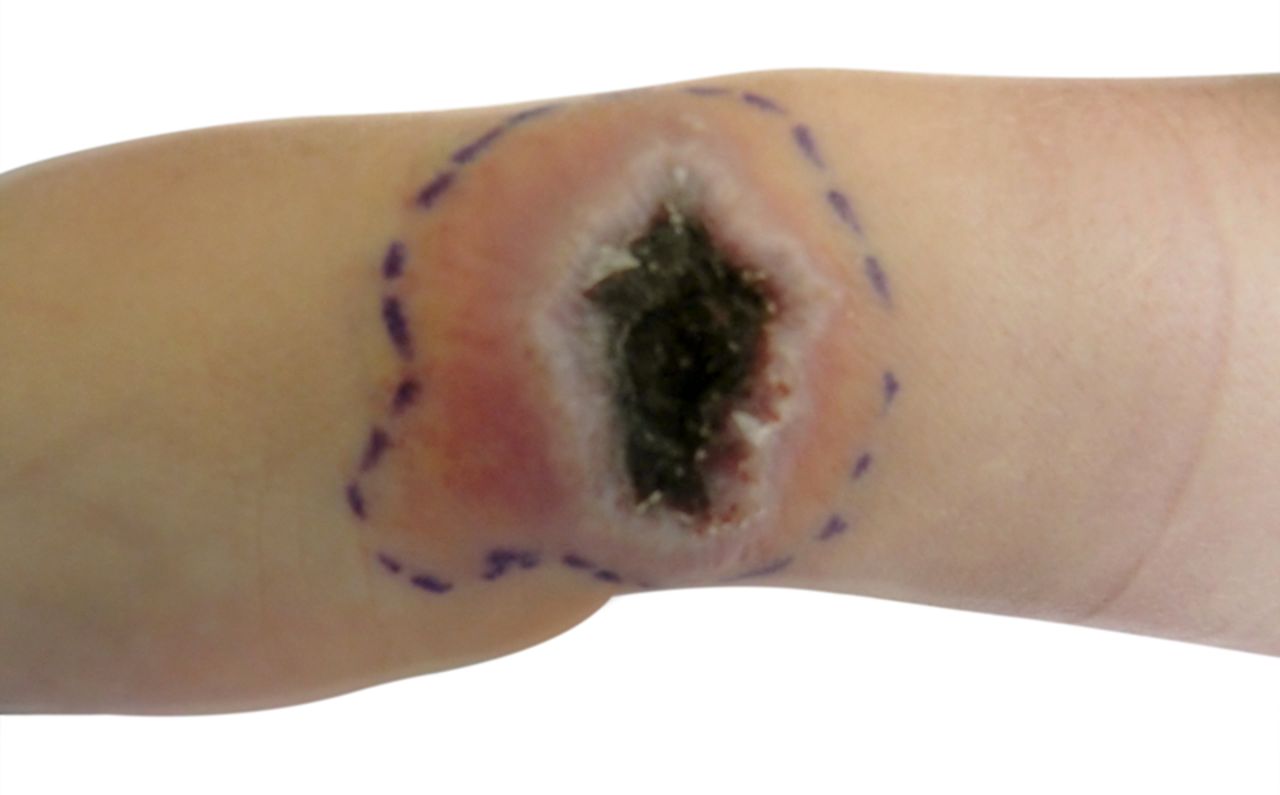27 oddest medical cases
Pornography headaches

A frustrated man in India went to doctors complaining that he got a headache every time he watched pornography. The pain started five minutes into a video, and peaked after eight to 10 minutes.
Sex headaches are both mysterious and somewhat rare, said Dr. Amy Gelfand, a neurologist at the University of California, San Francisco School of Medicine. One percent of the population may suffer from so-called primary sex headaches at one point in life, she told LiveScience.
Most sufferers develop a sudden headache at the point of orgasm. Less often, the primary sex headache will emerge slowly as sexual arousal heightens. But the man in India had quite the unusual case because his sex headaches only appeared while watching videos, not during masturbation and not during sexual activity, according to the case report published in 2012 in the journal Archives of Sexual Behavior.
Doctors think that muscle contractions in the neck and jaw may trigger primary sex headaches. Others theorize nerves or blood vessels in the head become overly sensitive to the sexual response. However, the cause remains a mystery.
Soy-sauce overdose

Risky drinking games usually involve alcohol, but one teen learned not to swig soy sauce, either. A 19-year-old man in Virginia drank a quart of soy sauce on a dare.
He first started twitching, and then had seizures and eventually landed in the hospital in a three-day coma. Doctors diagnosed him with hypernatremia, or dangerous levels of salt in the bloodstream.
One quart of soy sauce can contain as much as a third of a pound (150 grams) of sodium. Excess sodium in the bloodstream pulls water out of nearby tissues by a process called osmosis, which equalizes the concentrations of salt across cells. Hypernatremia can extract so much water from the brain that it starts to shrink and bleed.
It took doctors about five hours and 1.5 gallons (5.7 liters) of sugar water pumped into the teen's body to get his sodium levels back to normal, according to the report, published in the Journal of Emergency Medicine in June.
Surprisingly, he survived with no long-term neurological damage.
Twisted esophagus

An 87-year-old woman in Switzerland sought medical help when she developed painful spasms every time she swallowed. Imaging and X-rays revealed her esophagus twisted up like a corkscrew whenever she ate. The condition caused her to lose 11 pounds (5 kilograms) over the course of several months, according to the case report, published in the New England Journal of Medicine in May.
Specialists in the United States told LiveScience that while the twisting esophagus was odd, the condition is not unknown.
Muscle spasms are to blame for this type of pain. Instead of contracting and relaxing in a series from the mouth to the stomach, the muscles within this woman's esophagus contracted simultaneously, said Dr. John Pandolfino of Northwestern Memorial Hospital in Chicago.
There is no cure for the condition.
Star in the eye

Sometimes, cartoons get it right. A punch to the head left one man in Austria with an actual star in his eye, according to a report published in April in the New England Journal of Medicine.
A strong hit to the face from balls, punches or even airbags can send shockwaves through the eye strong enough to damage the lens and cause a cataract. Doctors say the cataract that appeared in the 55-year-old's eye was only strange because of the intricate star shape.
"Nature has made a beautiful cataract," said Dr. Mark Fromer, an ophthalmologist at Lenox Hill Hospital in New York.
Usually, such cataracts appear as a white-yellow cloud, not a star. In these types of cases, cataract surgery can restore a person's vision.
Hairy eyeball

Your eyeball is certainly one place you don't want to grow hair. A young Iranian man knew that since birth, he had a benign tumor on his eye, just below his pupil. But by the time he was 19, the tumor had grown to about a quarter inch thick (0.64 centimeters), and started sprouting hair.
The tumor was a limbal dermoid. Although this type of tumor isn't typically cancerous, it can grow cartilage, hair and sometimes even sweat glands. Not everyone with these tumors wants or needs them removed.
However, doctors did remove the hairy tumor from the man's eye, according to the case report published in January in the New England Journal of Medicine.
Penis tattoo side effects

A young man's tattoo idea went terribly wrong when it left him with a permanent erection. The 21-year-old in Iran paid a tattoo artist to put the letter M, for his girlfriend's last name, and the Persian phrase for "Good luck with your journeys" on his penis.
According to the doctors who treated him, the man felt pain for eight days after the tattoo. Then, his penis became permanently semierect. He lived with the condition for three months before getting medical help, according to the report.
Doctors tried shunting the penis to drain excess blood, but it didn't work. Ultimately, the patient decided he was fine with the condition and declined further treatment, according to the case report published in 2012 in the Journal of Sexual Medicine.
Extreme soda habit

Ever wonder what would happen if you were to drink soda — and only soda — for a long time? A woman in Monaco did just that for 15 years.
The 31-year-old was sent to the hospital after she fainted. Tests found she had severely low potassium levels and an irregular heartbeat, but no hormone problems or family history of heart problems. She did, however, admit to drinking 2 liters (about a half gallon) of cola and no other liquids every day since the age of 15.
Doctors said the cola could draw excess water into the bowels, causing diarrhea and leaching potassium from the body. High amounts of caffeine in the cola could also interfere with potassium reabsorption. Low levels of potassium are known to cause heart rhythm problems.
One week after dropping her soda habit, the woman's heartbeat and potassium levels returned to normal, according to the report, presented in June at a heart doctors' meeting in Athens, Greece.
Toothpick in the liver

Forget watermelon seeds or gum. Don't ever swallow a toothpick.
In a recent case, a 45-year-old woman became gradually weaker over several months before being admitted to the hospital for vomiting and low blood pressure.
At first, doctors thought she had an infection, but tests showed a 1-inch-long (2.5 cm) puss-filled cavity in her liver. Surgery later showed it was a toothpick she had swallowed; it had somehow moved from her digestive track and lodged itself in her liver, according the report, published in the journal BMJ Case Reports in 2012.
Doctors have published at least 17 cases of patients who swallowed a whole toothpick that migrated to the liver.
Eye-disease hallucinations

A 67-year-old retired teacher in Kentucky was on the verge of asking for an exorcism after she started seeing oblong faces with large teeth, eyes and ears hovering over her.
Doctors confirmed she wasn't on drugs, and wasn't losing her mind. The woman said she knew the hallucinations were not really there, and they didn't speak to her.
In fact, the woman's macular degeneration had triggered a peculiar condition called Charles Bonnet syndrome, which causes some people suffering from eye disease to start to see animals, creepy faces or other illusions.
"When [the brain] expects sensory input and receives nothing, it often creates its own input," said Dr. Bharat Kumar, an internal medicine resident at the University of Kentucky who treated the woman.
Oftentimes, the hallucinations stop once the brain gets used to less visual input, according to the case report, published in February in the journal Age and Aging.
Follow LiveScience @livescience, Facebook & Google+. Original article on LiveScience.com.
Necrotic ulcer caused by a kitten

In a cat rescue mission gone wrong, a teenager in the Netherlands was left with a large, black open wound, which took multiple doctors several weeks to find its rare cause.
The kitten that the 17-year-old girl rescued from drowning in a ditch was sick and died the following day. Over the next several days the teenager developed a red wound on her wrist that blistered and then turned black. She also developed painful red bumps on her arm, spanning from the wound on her wrist up to her armpit.
After the antibiotics didn’t work, doctors began to suspect that the wound was caused by the cowpox virus.
"The girl had been treated by different doctors for about 13 days by then," said Dr. Jojanneke Heidema, a specialist in pediatric infectious disease at St. Antonius Ziekenhuis Hospital in Nieuwegein, Netherlands, who reported the case published Sept. 2 in the journal BMJ Case Reports.
After another week, the girl got better on her own, and the wound healed within two months, leaving a scar.
Cowpox is a self-limiting disease, meaning it usually doesn't need medical treatment if the patient has a healthy immune system, Dr. Heidema told LiveScience. [Image: the blackened, open wound]
Sign up for the Live Science daily newsletter now
Get the world’s most fascinating discoveries delivered straight to your inbox.











